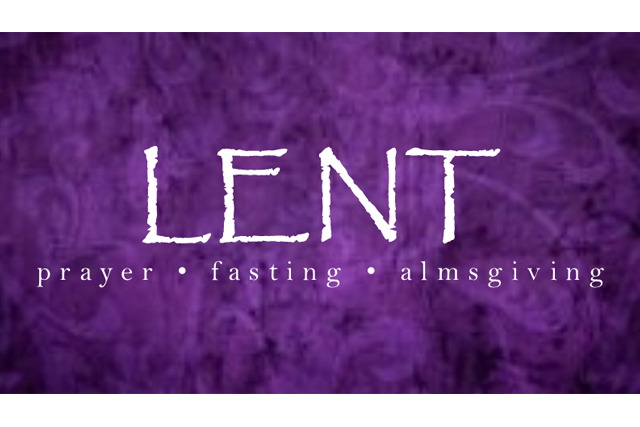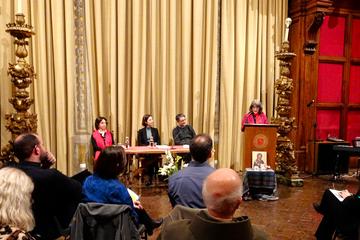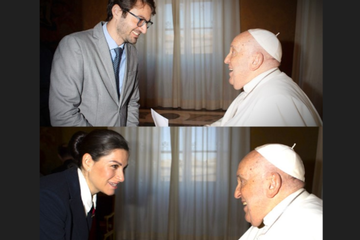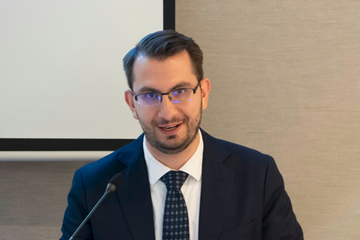
By Rev Dr Karen Petersen Finch
The season of Lent, which mirrors the inexorable journey of Christ toward his cross, is a natural time to reflect on the practice of forgiveness. The disciplines of Lent are designed to express the great distance between the current state of our souls, and of our world, and what God intends them to be.
Lent is a time of humility, and it takes tremendous humility to say, “Please forgive me.” To grant forgiveness is equally humbling, if not more so. As C.S. Lewis has written, forgiveness is in itself a kind of cross. “Something inside of us, the feeling of resentment, the feeling that wants to get one’s own back, must simply be killed” (Mere Christianity).
Although it is difficult to do this work, it is not difficult to understand the connection between the death of Christ for sin, which set us free, and the necessity of dying to our own rage or resentment or pride so that we may set ourselves and others free in the act of forgiveness.
It is much less common to find Christians reflecting on the connections between Easter and forgiveness. What does the well-known petition in the Lord’s Prayer— “and forgive us our trespasses, as we forgive those who trespass against us?”—have to do with the empty tomb?
First, the resurrection proclaims the death of death and the breaking of its power over our hearts and overall of our relationships. We have been truly and deeply hurt, just as Jesus’ death was a real and excruciating human death. In no way is Jesus asking us to deny our pain or to place a Band-Aid over our wounds. Instead by his resurrection, he asks, “Is there more for you? What is next?” The answer is Yes: there is more for us. We can choose not to smell death. We can choose to “loose” (Greek: aphiemi) our enemies and let the new life of Christ take up the spaces within us that rage and revenge used to occupy.
Second, the resurrection proclaims that Jesus who died for us now reigns in power for us. Early Christians did not think in individual terms as much as we do. They thought in terms of ages and kingdoms. For them, the resurrection meant that the present age of darkness had given way to the age to come, in which sin and death and alienation were being replaced by holiness and shalom and freedom.
If Jesus has conquered death, why not forgive? We are powerless to change what has happened to us in the past. We are powerless to change other people. But Jesus has the power to change everything, and through his resurrection, this transforming power has already brought about a new situation. Shalom has begun to lick at the edges of the world. When we are willing to forgive, we acknowledge our citizenship in Jesus’ new kingdom, His new way of being.
This brings me to the most important connection between Jesus’ call to radical forgiveness and His empty tomb. Jesus did not just die to conquer death; in his resurrection, He poured out the Holy Spirit into our hearts. The Spirit ensures our participation in the full benefits of the cross, and all the impossible possibilities of the new Kingdom. We don’t have to ask and grant forgiveness under our own power.
We can step out in faith, knowing that the Holy Spirit will strengthen our tiny steps toward shalom. “For mortals it is impossible, but for God, all things are possible” (Mt 19.26 NRSV).
Rev Dr Karen Petersen Finch is associate professor of theology at Whitworth University. She is also a Minister of Word and Sacrament in the Presbyterian Church (United States). Karen looks at ecumenical dialogue through the lens of Bernard Lonergan’s theological method, particularly dialogue between Roman Catholic theology and her Calvinist/Reformed tradition. She is currently writing a manual for local ecumenism.


